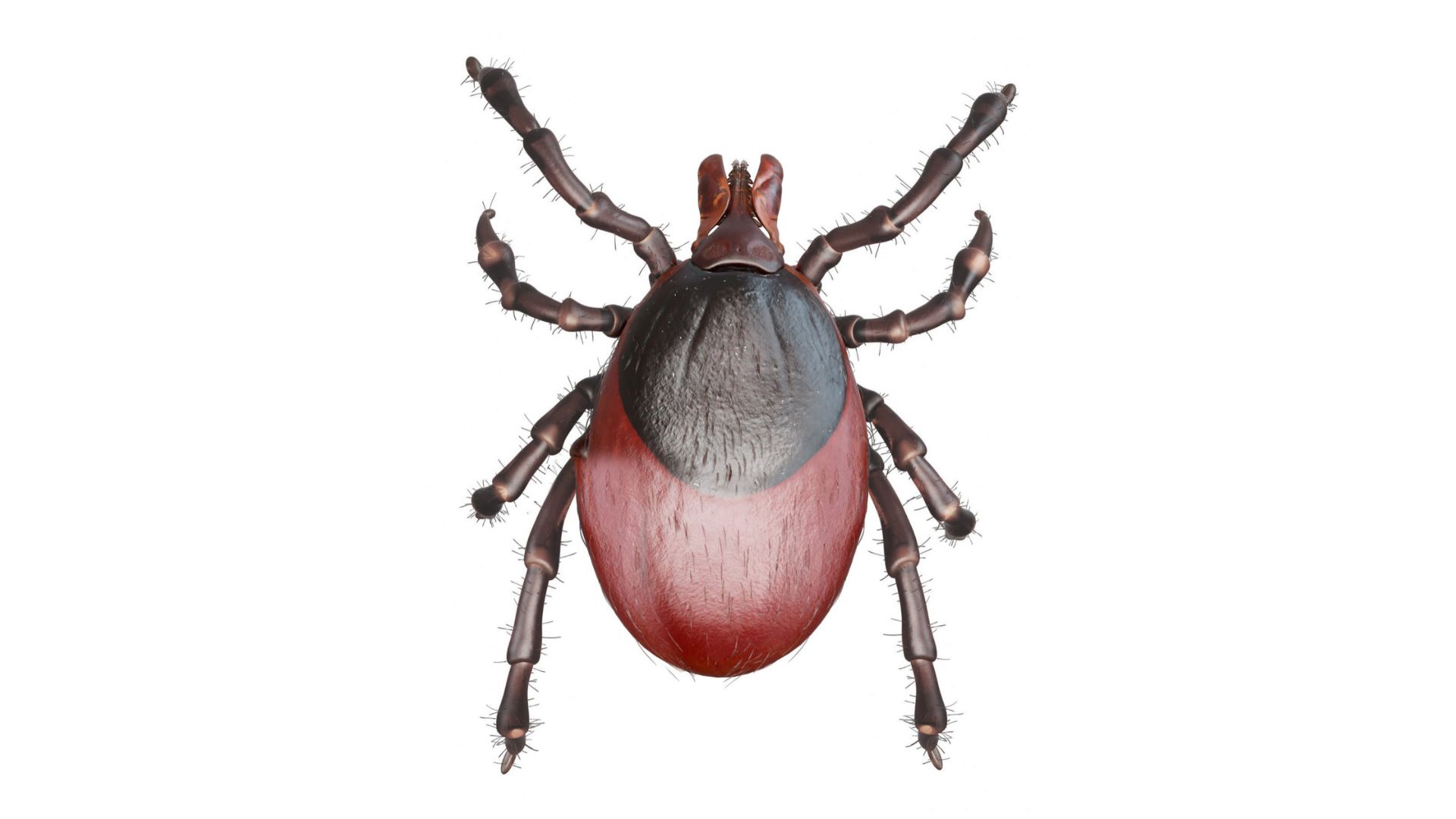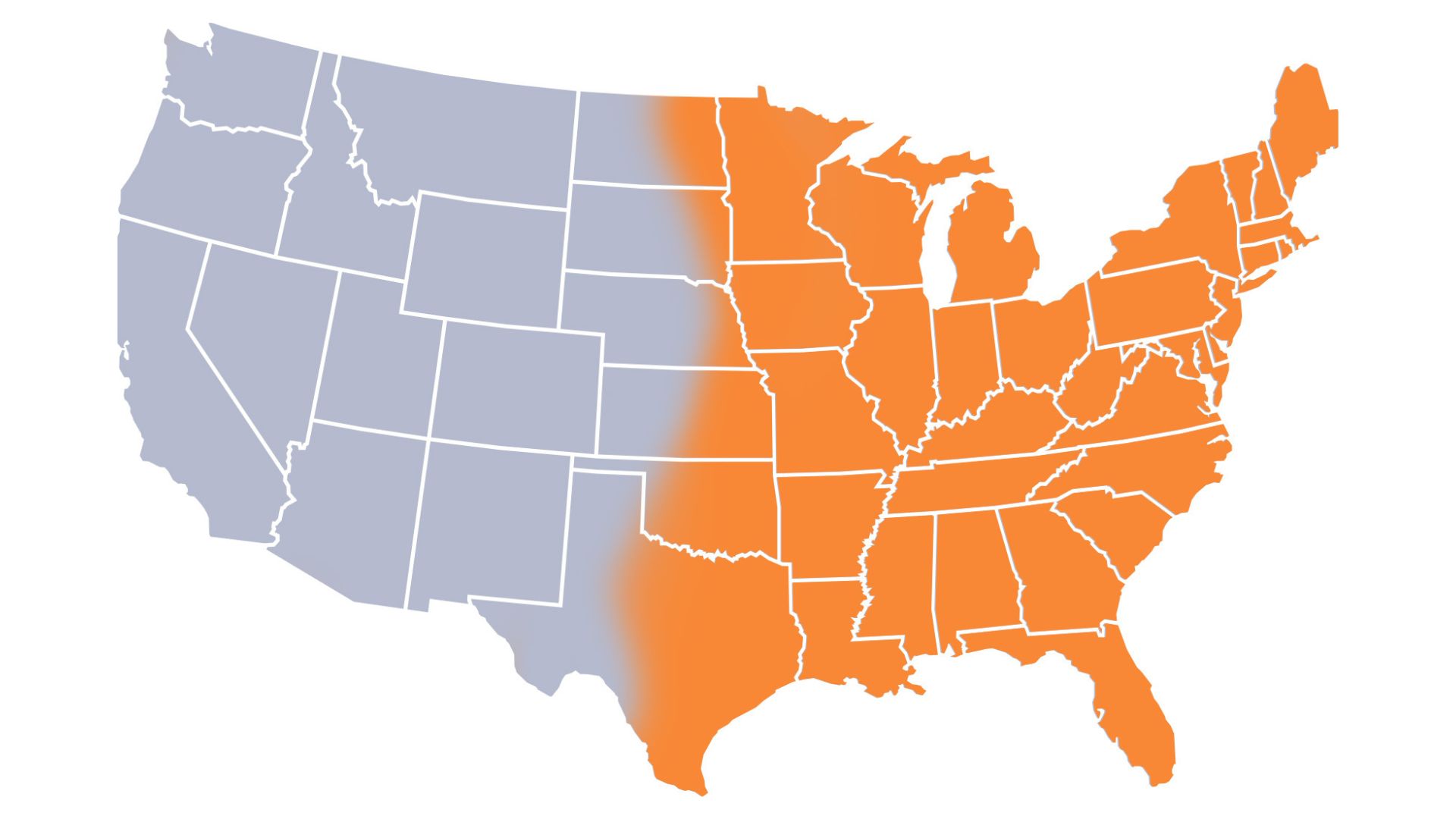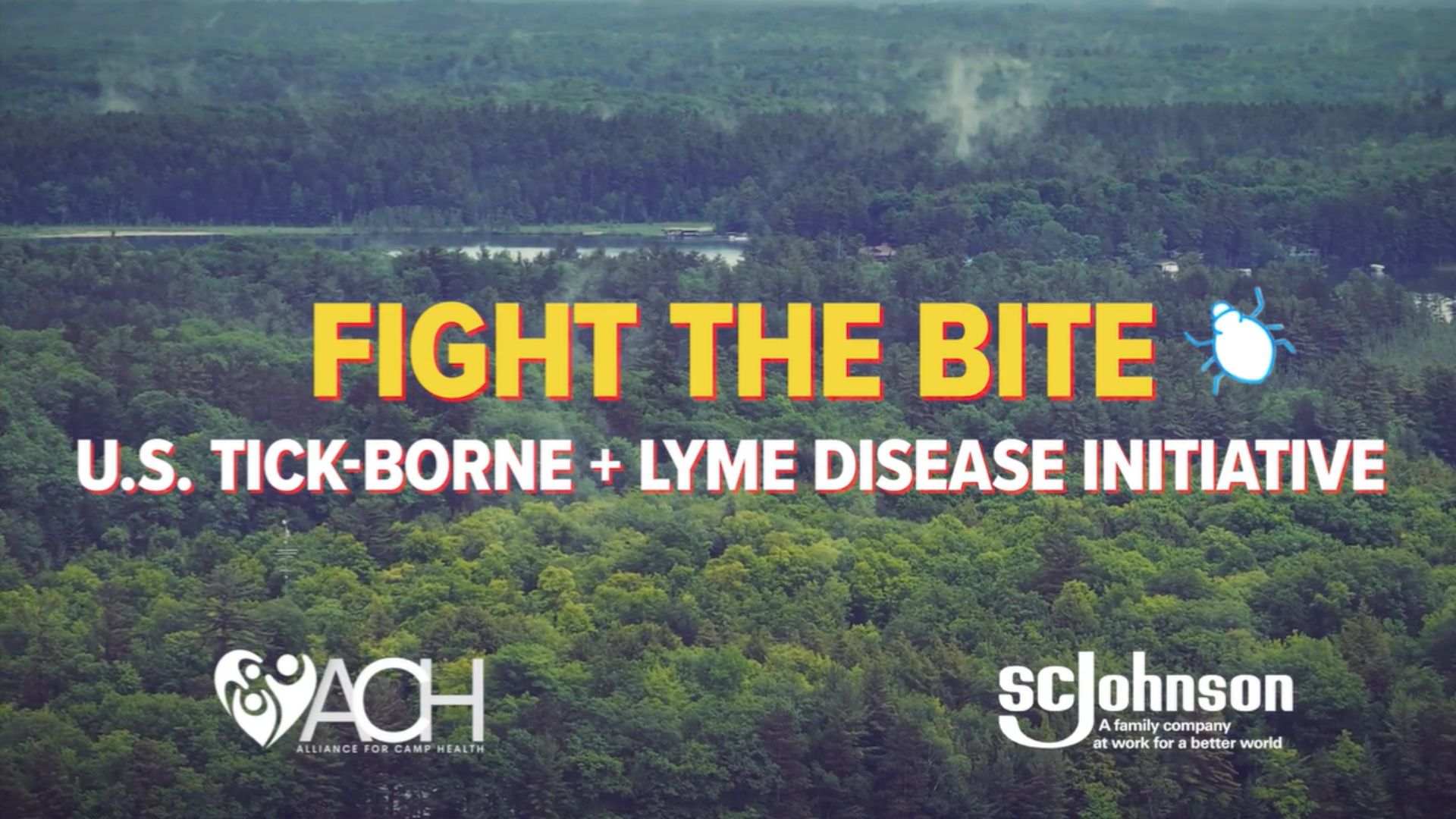Understanding Lyme Disease: The Vector-Borne Illness to Look out for all Year-Round
Fall is here, which means most Americans have taken out their warm sweaters and pants. It’s the perfect time to take in the changing of the seasons as leaves turn different colors and the air becomes chillier. As you go outside for a hike or a walk in the park, you probably aren’t even thinking about ticks now that the warmer months have gone. It’s true ticks are more active in the summer, but unfortunately tick exposure can happen year-round. Ticks are still waiting in the tall grass and piles of dead leaves to find their next meal.
Lyme disease, which is transmitted to humans from ticks, is now the most common vector-borne disease in the United States. The Center for Disease Control (CDC) estimates over 476,000 Americans are diagnosed and treated for Lyme disease each year, with cases typically peaking during the late spring and summer months.
Since tick season is never truly over, here is information to help keep you and your family informed about the risks from ticks and Lyme disease.
What is Lyme Disease?
Lyme disease is an illness typically transmitted to humans from the bite of a blacklegged tick (also known as a deer tick) infected with a bacterium called Borrelia burgdorferi. An outbreak of the illness occurred in Lyme, Connecticut in 1975 when a number of adults and children began experiencing similar health issues. It wasn’t until the 1980s, however, that scientist Willy Burgdorfer made the connection between the deer tick and the disease.
Blacklegged ticks can pick up the bacteria causing Lyme disease when feeding on the blood of infected mice, but they can also acquire the pathogen from infected birds, chipmunks, shrews and other small mammals. The tick then becomes a carrier of the bacteria and can pass it on to its next host, which can be human or animal.
Ticks in the nymph stage, which is the third stage of a tick’s four life stages, pose a particularly higher risk to humans as they are the size of a poppy seed, making them difficult to see and remove. In most cases, an infected tick must be attached to its host for more than 24 hours before transmitting the bacteria that causes Lyme disease.

About the size of a sesame seed, adult black-legged ticks
have eight legs. Adult females have an orange-red body while adult males have a
brown-black body
How Common is it?
Lyme disease is now the most common vector-borne disease in
the United States. In 2022, cases were reported
in almost every state in the US. Blacklegged ticks inhabit moist, shady areas
like woods, forest edges, shrubs and leaf piles. These ticks may be found
throughout the eastern
United States, but Lyme disease cases are most prevalent in
the Northeast, mid-Atlantic and the upper-Great Lakes region. Lyme disease is
also a worldwide concern, with cases steadily increasing in Canada
and across Europe.
Who Can Get it?
Anyone can become infected with Lyme disease. Everyone who
spends time outdoors, especially in grassy or wooded environments is at risk
for being bitten by an infected tick.
According to the Johns Hopkins Medicine Lyme
Disease Research Center, children between the ages of 5 and 15 and adults
between 40 and 65 are at the highest risk for tick bites.

What are the Signs and Symptoms?
Tick bites typically appear as a tiny bump on your skin. According to Mayo Clinic, if you are infected with Lyme disease by a tick bite, symptoms usually show up in three stages.
Stage 1
In the first 3 to 30 days after infection, a circular rash usually begins to appear around the site of the tick bite. Eventually, the center of the circular rash becomes clear and begins to look similar to a bull’s-eye. Other common symptoms during this stage include:
- Fever
- Headache
- Extreme tiredness
- Joint stiffness
- Muscle aches and pains
Stage 2
If left untreated, symptoms of Lyme disease can become serious. While symptoms of stage one continue, stage two symptoms often appear 3 to 10 weeks after the initial bite and look like:
- Rashes on other parts of the body
- Neck pain or stiffness
- Muscle weakness on one or both sides of the face
- Irregular heartbeat
- Pain, numbness or weakness in the hands or feet
- Painful swelling in tissues of the eye or eyelid
Stage 3
The final stage of Lyme disease usually begins 2 months to a year after the initial tick bite. Along with symptoms from earlier stages, the disease usually causes arthritis in large joints as well as pain, swelling or stiffness.
Ticks located outside of the United States carry a different type of Borrelia bacteria, sometimes resulting in different Lyme disease symptoms than those most common in the U.S. At this stage, Lyme disease from ticks located in Europe may cause a skin condition called acrodermatitis chronic atrophicans. This condition involves skin on the backs of hands, tops of feet and over the elbows and knees becoming swollen and causing damage to tissues and/or joints.
How is it Treated?
Mayo Clinic recommends antibiotics to treat Lyme disease. If a doctor determines it is possible the tick you were bitten by could have passed the Lyme disease bacteria to you, they often prescribe preventative antibiotics right away to kill the bacteria before it multiplies.
According to Harvard Medical School’s Lyme Wellness Initiative, the sooner you take antibiotics after an infected tick bite, the easier Lyme disease is to treat. Antibiotics also reduce the chances of short-term illness and any potential long-term complications. What makes Lyme disease a difficult illness to treat is the latency of its symptoms, which sometimes take up to a month to appear. When symptoms do arise, someone might not even know they were bitten by a tick. As a result, their symptoms are often mistaken for other illnesses like the flu, potentially extending the amount of time someone is ill.
Why is it a Problem?
Even with antibiotics, some people experience long-lasting symptoms known as post-treatment Lyme disease syndrome. These symptoms include constant or frequent tiredness, memory loss, arthritis and body aches and pains. If left untreated, Lyme disease can spread to other bodily systems, resulting in significant damage. Along with severe arthritis, complications such as Lyme carditis and Lyme neuroborreliosis can arise.
Lyme carditis happens when the Lyme disease bacteria reaches the heart tissues and causes inflammation. This interrupts the electrical signals between the chambers of the heart and results in an irregular heartbeat, light-headedness, fainting and chest pain.
Lyme neuroborreliosis is a complication from the bacteria spreading to the brain and spinal cord, causing nerve pain, numbness, double vision, facial palsy and extreme weakness. Both conditions can persist for weeks to months.
How do you Prevent it?
The best way to avoid Lyme disease is to prevent tick bites. Blacklegged ticks can be found when you are outdoors in grassy or wooded areas. Here are methods to help prevent tick bites:
- Use Personal Repellents
- Spray your outdoor clothing and shoes with a repellent containing at least 20% DEET or picaridin. The CDC recommends EPA-registered repellents like DEET, picaridin, or PMD.
- Personal repellents come in many forms, including lotions, aerosols, sprays and wipes
- Some repellents should not be used with certain fabrics such as rayon, spandex, acetate or other synthetic fabrics, so it’s important to always read the product label before applying to clothing
- Spray your outdoor clothing and shoes with a repellent containing at least 20% DEET or picaridin. The CDC recommends EPA-registered repellents like DEET, picaridin, or PMD.
- Cover Up
- Avoid uncovered or exposed skin by wearing a long-sleeved shirt that can be tucked in and long socks that can be pulled over the bottoms of your pants
- Avoid wearing open-toed shoes or sandals when going into grassy or wooded areas
- Check for Ticks Frequently
- Shower as soon as possible after being outdoors to wash off any loose ticks.
- Regularly check for ticks in areas they are likely to burrow in such as your underarms, hair, behind your knees and around your waist after being outside

How does SC Johnson Help?
With children being one of the most vulnerable populations to tick bites and vector-borne diseases, it’s important to provide them with the necessary education for prevention. In 2024, SC Johnson partnered with the Alliance for Camp Health to reach areas where the potential for tick bites is high: summer camp. Together, they worked with 13 camps in Wisconsin to educate over 600 camp staff members to better protect nearly 9,000 youth against vector-borne illnesses.

SC Johnson x Alliance for Camp Health Fight the Bite
